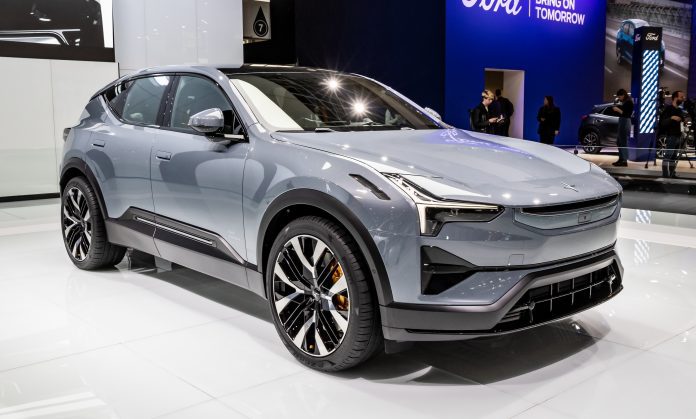European automakers are adopting varying strategies to navigate the evolving automotive landscape, particularly in the U.S. market, where consumer preferences and regulatory pressures continue to influence decisions.
Volkswagen, a leader in the electric vehicle (EV) space, is expanding its lineup but facing delays. The highly anticipated ID Buzz, a modern take on the classic 1960s microbus, is expected to hit the U.S. market by the end of the year. However, the ID7 electric sedan, initially slated for an earlier release, has been postponed. Despite these EV-focused moves, Volkswagen Group of America CEO Pablo Di Si has hinted at potential hybrid models for the U.S., though none have been confirmed.
In contrast, Volvo and Polestar, both Swedish brands under the same corporate umbrella, are more committed to an all-electric future. Volvo has pledged to transition entirely to EVs by 2030 but may reconsider this aggressive timeline as its electric models face slow adoption in crucial markets like the U.S. and China. Polestar, on the other hand, remains steadfast in its zero-emission ambitions. The brand plans to triple its U.S. lineup this year, adding two premium crossovers, including the Polestar 4, which will be its fastest production model yet, with deliveries starting in the fourth quarter.
British automaker Jaguar Land Rover (JLR) continues its push into the EV market, but not without setbacks. The company has delayed the release of two Land Rover electric models, and its only current EV, the Jaguar I-Pace, will be discontinued this year. However, JLR aims to introduce a Range Rover EV concept in the U.S. before the end of 2024.
Meanwhile, Ineos Automotive, a newcomer from Britain, is expanding its presence in the U.S. market. The company plans to launch its second model, the Grenadier Quartermaster pickup, by the end of the year, focusing on building brand awareness and market penetration.
This mixed approach among European automakers reflects the ongoing challenges and opportunities in the U.S. market as they balance the shift to electric vehicles with consumer demand and regulatory requirements.





